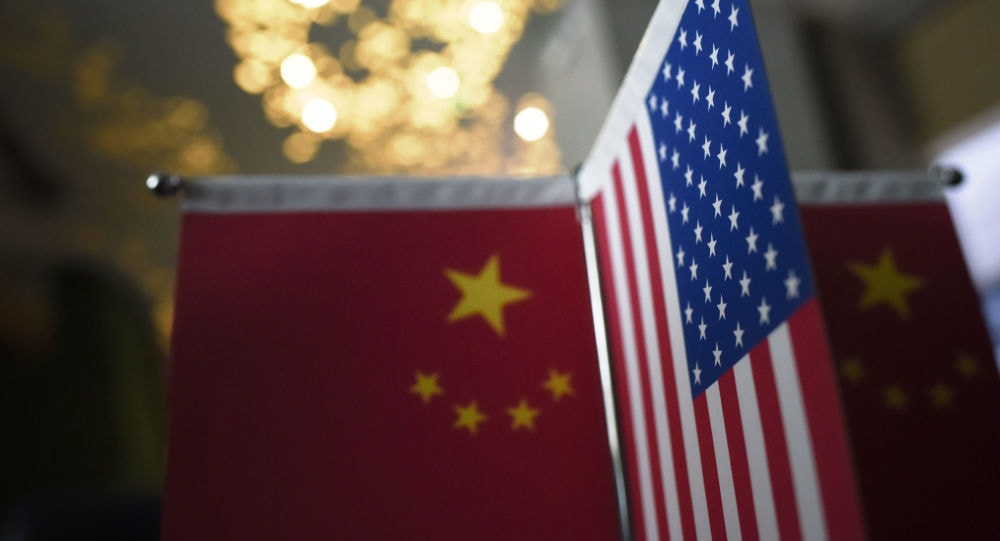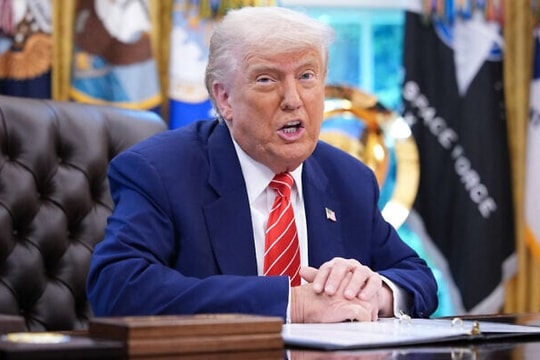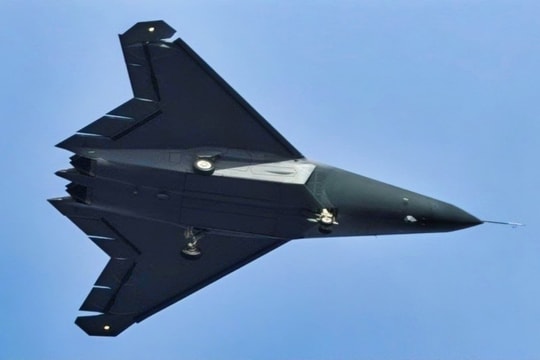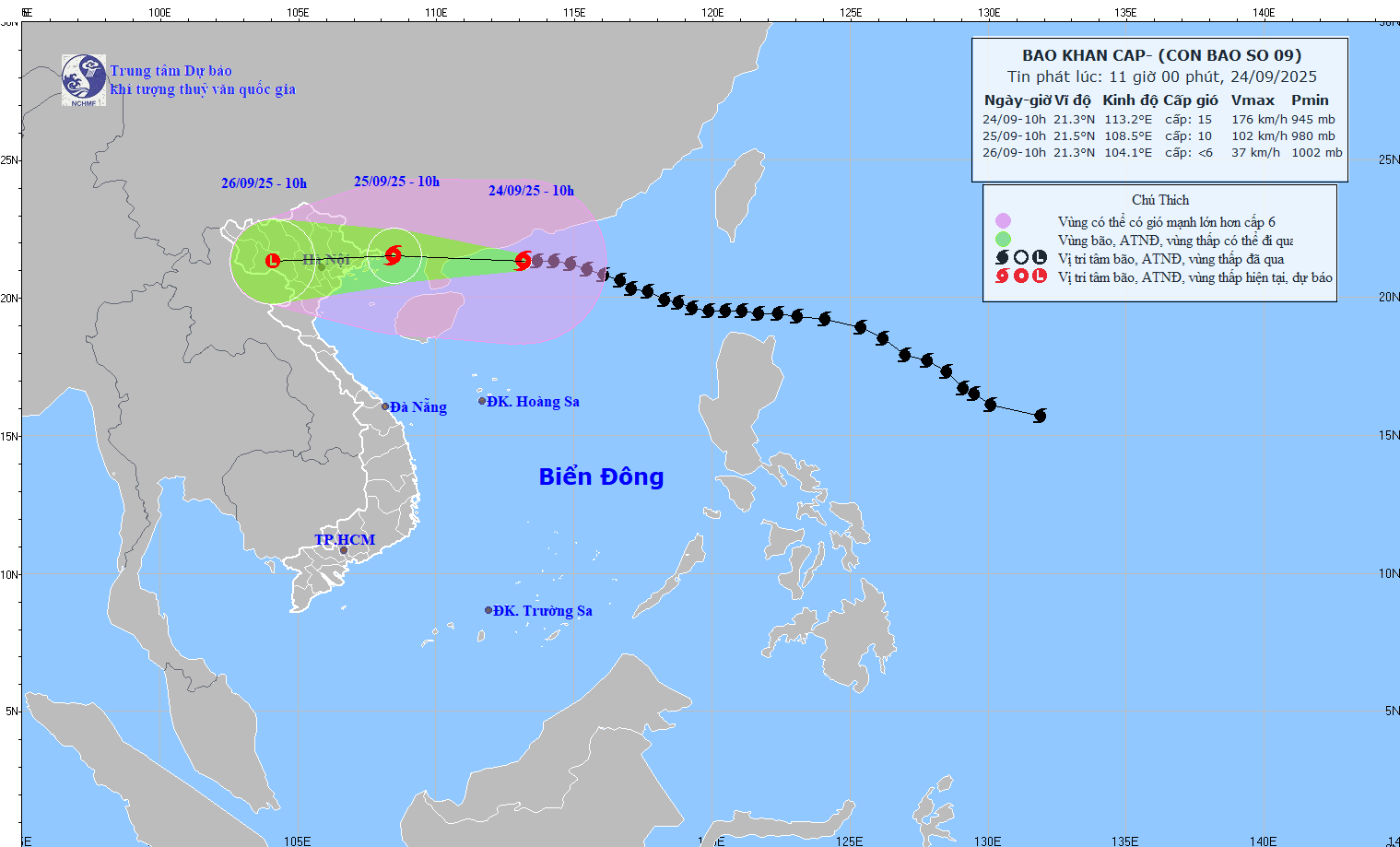“Trade war could trigger US recession in 2019”
The direct damage to the United States and China from the trade war would be about equal.
 |
For the US and Chinese economies, it is not so tragic - the obvious losses for both sides will be at most 0.2-0.3% of GDP per year. Such a forecast was given by expert Nikita Maslennikov from the Institute of Contemporary Development in an interview with the press. At the same time, the expert believes that it is very likely that by mid-2019 the US economy will fall into a deep recession. Meanwhile, expert Ekaterina Sharapova from MGIMO believes that the tariff war can promote the innovative transformation of the Chinese economy.
Experts have made predictions regarding the announcement by US President Donald Trump to impose a 25% import tax on $50 billion worth of Chinese imports a year. For its part, the Chinese Ministry of Commerce announced the application of symmetrical fees on US goods."The situation is extremely tense, the market is in a state of suspense despite the fact that the scenario of a trade war between the United States and China has been taken into account," - expert Nikita Maslennikov commented.
“There is a chance that both sides will once again find the political will to refrain from a ‘military-trade’ scenario. But there is also a risk that, buoyed by the undeniable short-term success of the US economy, the Trump team will simply turn a blind eye to the medium-term consequences and risks. The trade war could trigger a recession in the US in 2019. The last thing we want is a new version of the 2008-2009 crisis. It is remarkable that such concerns have emerged on the tenth anniversary of the last global financial crisis. It is worth noting that the Chinese understand the full extent of the risks involved. For them, a new crisis is completely unwelcome because it could hit particularly hard the Chinese middle class.”
The direct losses for the US and Chinese economies will be approximately equal, experts predict. However, the volume, scale and size of the parallel risk exposure can be a serious problem for China. The US has a much more developed financial system, its economy is more oriented towards the world financial markets than the Chinese economy. From this point of view, China has the potential to find concessions and acceptable solutions. On the other hand, the position of Chinese colleagues is also understandable, - expert Nikita Maslennikov assesses. How much can be played in this game - what is not agreed in the US, everything will be considered immediately in 2-3 weeks. Is it possible to trust what was agreed with the Trump administration?The second consequence of the tariff war will have a negative impact first of all on the economies of the partner countries of the United States and China. Specifically, on ASEAN, on the whole Southeast Asia and the Asia-Pacific region in general. And here there is a serious basis to see that a new recession of the global economy may happen sooner than expected.
The fundamental consequence of the US-China trade war in the short and medium term is the change of the entire world trade system, - expert Ekaterina Arapova commented. It can have a negative impact on the WTO system, on the established rules and principles of global trade.In the long-term indirect perspective, this trade war may help promote the transformation of the Chinese economy, - experts predict. That is, transforming domestic consumption into the main engine of the economy, promoting the development of applied creative industries.
"The trade war is likely to accelerate all these processes in the Chinese economy to a certain extent. It will be an additional stimulus. China cannot currently meet the import quotas for US technology products, because it depends on technology from the United States and other developed countries. As for import tariffs on energy raw materials and agricultural products from the United States, on the one hand, China has other supply channels, including from Russia. Restricting raw material imports can also contribute to the development of alternative energy in China. China's symmetrical measures are indeed point-by-point. Such measures are only applied in industries that are self-sufficient and do not need supplies from the United States."
Observers also noted that China’s retaliatory tariffs were directed at products from US states that supported Trump in the presidential election. Among the products subject to tariffs are soybeans, corn, wheat, rice, beef, pork, poultry, fish, dairy products, nuts and vegetables. In 2017, China imported US agricultural products worth $24.1 billion. That was about 19% of China’s total agricultural imports of $125.86 billion.According to Bloomberg Intelligence, the total value of US coal exports to China last year was about $395 million. About 90% of that was coal, which is used to make steel. Today, China is a major recipient of US oil. By buying oil, China helps stimulate export growth from the US, importing 18.4 million barrels of US oil and petroleum products in March alone. That makes China the third-largest buyer after Mexico and Canada. At the same time, for China, the world's largest oil importer, US oil accounts for only a small part of the energy balance. The largest suppliers are Saudi Arabia and Russia. In this context, observers say China's countermeasures could have a painful impact on US raw material exports.








